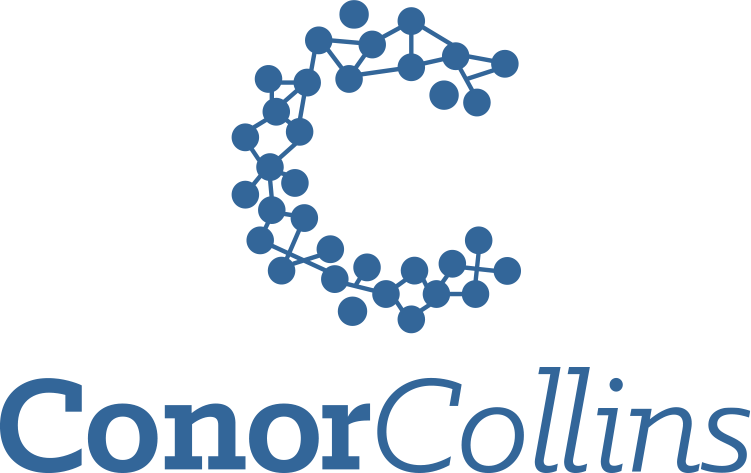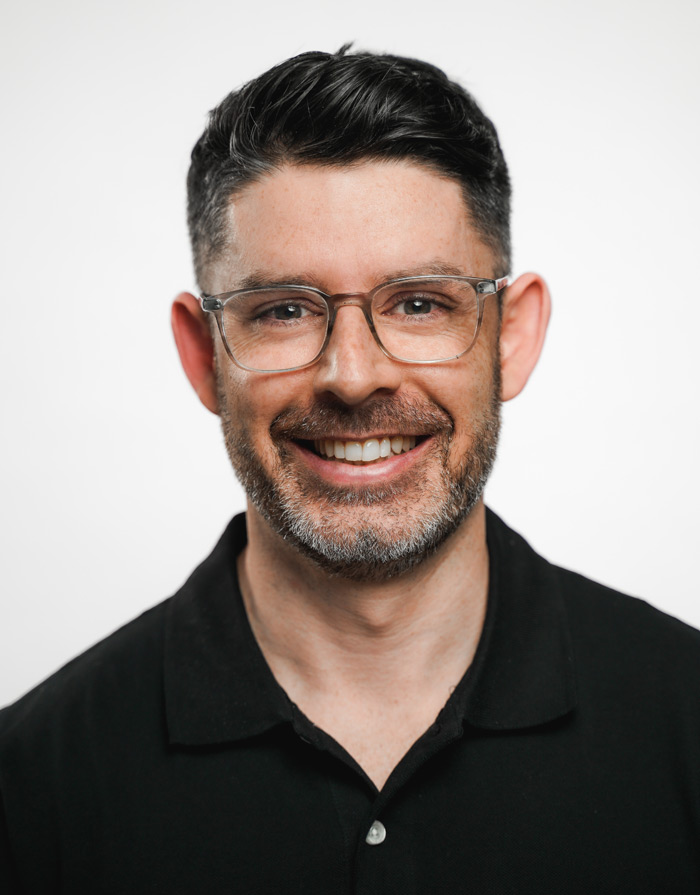With increased awareness in the field of concussion and brain injuries, you may have heard of the term “second impact syndrome” (SIS). If you are not familiar with the term, events surrounding SIS have shaped much of the way information about concussion prevention and awareness is now presented where I live in Ontario, Canada.
Second impact syndrome is “a devastating condition occurring in sport-induced mild brain injury. Second impact syndrome is drastically defined by anamnestic, clinical and radiological criteria, which is unusual in the field of cranial traumatology.”1 In short, the condition occurs when someone takes a subsequent hit to the head or body, following a known (or unknown) mild traumatic brain injury diagnosis that has yet to fully resolve. Second impact syndrome is rare, controversial and very concerning. Its controversy has prevented the World Health Organization (WHO) from providing a clear working definition of SIS and its inclusive diagnostic criteria.
The term SIS was proposed in 1973 by Saunders and Harbaugh. In 1998, McCory and Berkovic assigned more strict inclusion criteria to SIS which included: persistent clinical symptoms, evidence of a second impact with rapid patient decline and rapid significant brain swelling, bleeding and/or inflammation. Some research has suggested that cause of symptoms may due to disordered blood flow in the brain which results in this often serious clinical presentation. Research summarizing SIS cites the syndrome as almost exclusively in male athletes under the age of 20.1
In 2013, Rowan Stringer, a young female rugby player from Ontario passed away from SIS. Having suffered injuries both two and five days prior to her death, no adult was told about her symptoms and a formal concussion diagnosis was never given. Rowan, being the Captain of her team, reportedly felt obligated to keep playing despite her symptoms. Prior to her death she had texted friends that she had Googled “concussion” and that she was probably suffering from one.2
The tragic passing of Rowan Stringer has caused a shift in both the education and management of concussions in Ontario and beyond. In 2018, Rowan’s Law and day (September 25, 2024) was established. Rowan’s Law has created ongoing requirements and guidelines for sport organizations, school boards, coaches and health care providers. Of note, under Rowan’s Law as of January 1, 2022, medical doctors and nurse practitioners are the sole healthcare providers that are able to return athletes to full return to sport.5 The story of Rowan Stringer is something I think of often. Amazing work has been done over the last decade in bringing more awareness to the signs, symptoms and strategies around concussion management. With all of the progress made there is still work to be done.
I still hear many stories of the culture within certain sports to “toughen up”, “take a hit”, “shake it off”. This is particularly troubling to hear at the youth level of sport. We still witness athletes at the highest level being mismanaged on a public stage when it comes to concussion, allowing the pressure of organizations, money, sponsors and the need to win to cloud judgement. Athletes at all levels continue to under-report or hide symptoms, in fear of losing their career, or a chance at a medal.
There is a simple phrase that we hear often in sport: “when in doubt sit them out”. It’s a phase that is so very simple, yet unfortunately often overlooked. Concussions and concussion-like symptoms are often complex. Concussion diagnosis is still largely based on physical exam and subjective reporting of symptoms. The likelihood of there being a definitive diagnostic tool (blood test or imaging) seems far away. The subjective nature of concussions allows for ambiguity, ignorance and deception (ex: “it’s just a headache”, “I’ll rest when the tournament is over”) from those with symptoms. I’ve heard plenty of stories like this during my time in practice.
I try to encourage people that there will always be another game, there will always be another practice, there will always be another opportunity. I will never understand the sacrifice that athletes at the professional level have made and continue to make towards living their dreams; I will never be able to truly identify with the importance of a professional athlete’s athletic identity. Despite this, there is one thing I do know. People that are healthy, can often take for granted their health until it is taken away from them. There is so much joy in the simple things in life: having a coffee with a friend, walking outside, watching a movie. In my practice, I want that for everyone I see.
While SIS is controversial and lacks clarity in the research, it teaches us an important lesson. Your health is important. Taking an extra moment to ask questions is important. Taking extra time to be thorough in an exam is important. Education and awareness on SIS is very important.
So if all else fails and you remain unsure: “when in doubt sit them out”.
References
- Engelhardt J, Brauge D & Loiseau. Second Impact Syndrome. Myth or reality? Neurochirurgie. 2021;67(3):265-275. doi: 10.1016/j.neuchi.2019.12.007.
- Tator C, Starkes J, Dolansky G, Quet J, Michaud J & Vassilyadi M. Fatal Second Impact Syndrome in Rowan Stringer, A 17-Year-Old Rugby Player. Can J Neurol Sci. 2019;46(3):351-354. doi: 10.1017/cjn.2019.14.
- McLendon LA, Kralik SF, Grayson PA & Golomb MR. The Controversial Second Impact Syndrome: A Review of the Literature. Pediatr Neurol. 2016;62:9-17. doi: 10.1016/j.pediatrneurol.2016.03.009.
- Hebert O, Schlueter K, Hornsby M, Van Gorder S, Snodgrass S & Cook C. The diagnostic credibility of second impact syndrome: A systematic literature review. J Sci Med Sport. 2016;19(10)789-94. doi: 10.1016/j.jsams.2015.12.517.
- Rowan’s Law: Concussion Safety. Published: May 9, 2019. Updated: July 18, 2023. Accessed: March 10, 2024. https://www.ontario.ca/page/rowans-law-concussion-safety
About the Author
Conor’s Sports Injury Therapy background has earned him a growing reputation in the professional sports industry. Conor has consulted for athletes in the NHL, NCAA and IHHF and he was a therapist at the 2015 Pan AM games in Toronto.
When he’s not at the clinic, Conor’s teaching at Mohawk College in the Massage Therapy program or teaching his course “Understanding the Complexity of Concussion” internationally. Conor has written for a variety of magazine and news outlets, as well as participated as an expert at a number of internationally-recognized conferences.



Recent Comments